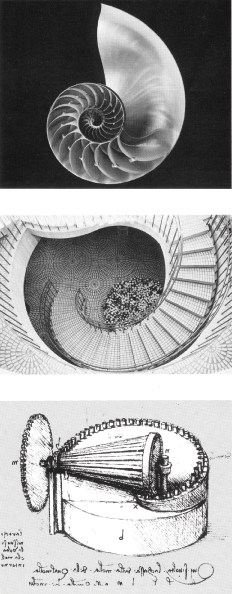 | portray or describe a newly discerned pattern. Even at this level they are important because people rely so heavily on pattern recognition in their personal and social lives. However, artists and physicists do more than discern and record patterns. They use perceived patterns to create additional patterns that are not directly derived from sensory perception. It is as though there were a second level of the neuromuscular system which had the ability to scan the patterns stored in the primary level by means of some, as yet unrecognized, neural mechanism. Eyes and ears enable us to absorb and store the patterns of shape and time that are embodied in our experience. A higher level of perception becomes aware of patterns among these stored patterns. We develop patterns of patterns (called theories in physics, or compositions in painting or music) by selecting from the multitude of stored experiential patterns those which somehow, and often surprisingly, appropriately fit together. It is such patterns of patterns that reveal new insights. It is on this higher level at which we create symphonies from melodies, paintings from sketches, and broad physical theories from empirical summaries or "laws." These patterns of patterns - the compositions, theories, and works that are assembled by artists and physicists - constitute their most important endeavors. They create an ever-broader framework and mapping of reality; they reassure by creating order out of confusion, separating relevancies from trivialities; they provide a framework for memory, enabling one to reconstruct the experiential patterns without requiring that the infinity of them be stored in memory. By enabling people to share experiences they can also, conceivably, make complex societies livable. But how do we judge their validity? In physics, experiential patterns, empirical laws, become validated insofar as they are reproducible and communicable. There is, however, an even more powerful criterion. Their validity is recognized because they have been formulated in ways that suggest how they can be coalesced and synthesized into patterns of patterns. Experiential patterns that | ||||
| Faraday, Freud and Marx, as well as Bach and Webern, Giotto and Klee, Shakespeare and Pinter, have all sensitized us to patterns which we might otherwise have missed Many artists' sketches, as well as many sketchy reports in the Physical Review, simply | |||||